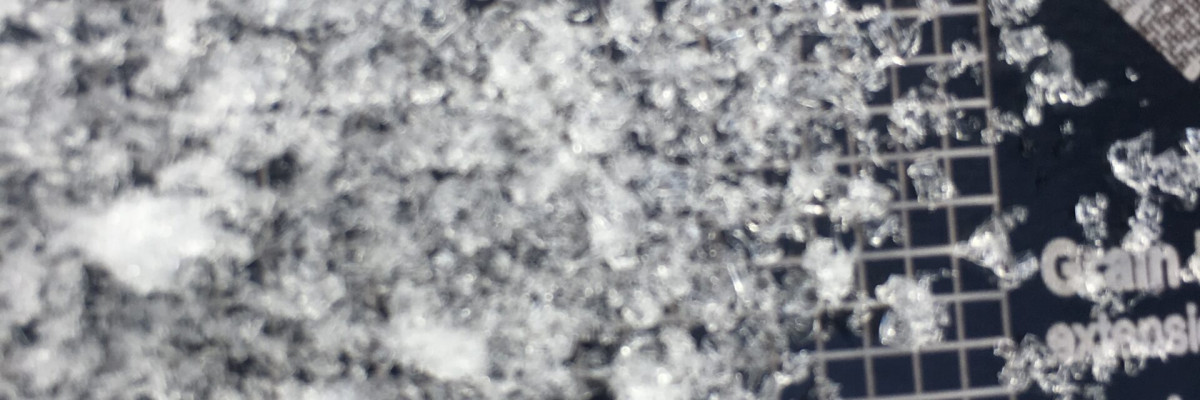Good morning, this is Travis Craft with an early season snowpack and avalanche update.
Weather and Snowpack
Mountain temperatures are 8 F to 24 F this morning. Winds are 15 mph with gusts of 22 mph out of the WSW in the northern part of the advisory area and 6 mph with gusts of 9 mph out of the WSW in the south. Snotels are reporting 2 to 3 new inches of snow in the last 24 hours.
Over the last over the last 4 days we have had very cold temperatures which have created some layers of concern in our shallow snowpack. Yesterday, Josh and I toured in the Rattlesnake where we observed shooting cracks from our skis and had localized collapsing. We observed surface hoar growth from the cold, clear nights on many aspects. We were able to get propagation in our pit tests. In one of our tests, the column propagated and failed during isolation on the basal facets on the ground. We have a layer of facets in the middle of our snowpack that we were able to get failures on in compression tests. (video)
With the new snow and predicted snow for this weekend these layers will become more reactive with the additional weight on the snowpack. If you are out recreating this weekend pay close attention to any signs of instability: Shooting cracks, recent avalanche activity, collapse noises, and whumfing. The structure of our shallow snowpack with a layer of basal facets makes me very wary of committing to any steep terrain with the addition of any new weight. I would dig a pit to assess the new snow and how reactive these layers are ( buried surface hoar, facets and basal facets). There is new snow and winds capable of transport which means that there are small wind slabs to be aware of.
Avalanche and Weather Outlook
Over the weekend localized banding is predicted to happen in the mountains throughout the weekend bringing snow to the region. With the addition of new loading the weak layers in our snowpack will be tested increasing the avalanche danger.
We have many upcoming events check our education page for listings. Also if you are out recreating in the backcountry, please send us your observations these are very helpful in producing the advisory.
Ski and ride safe.
























